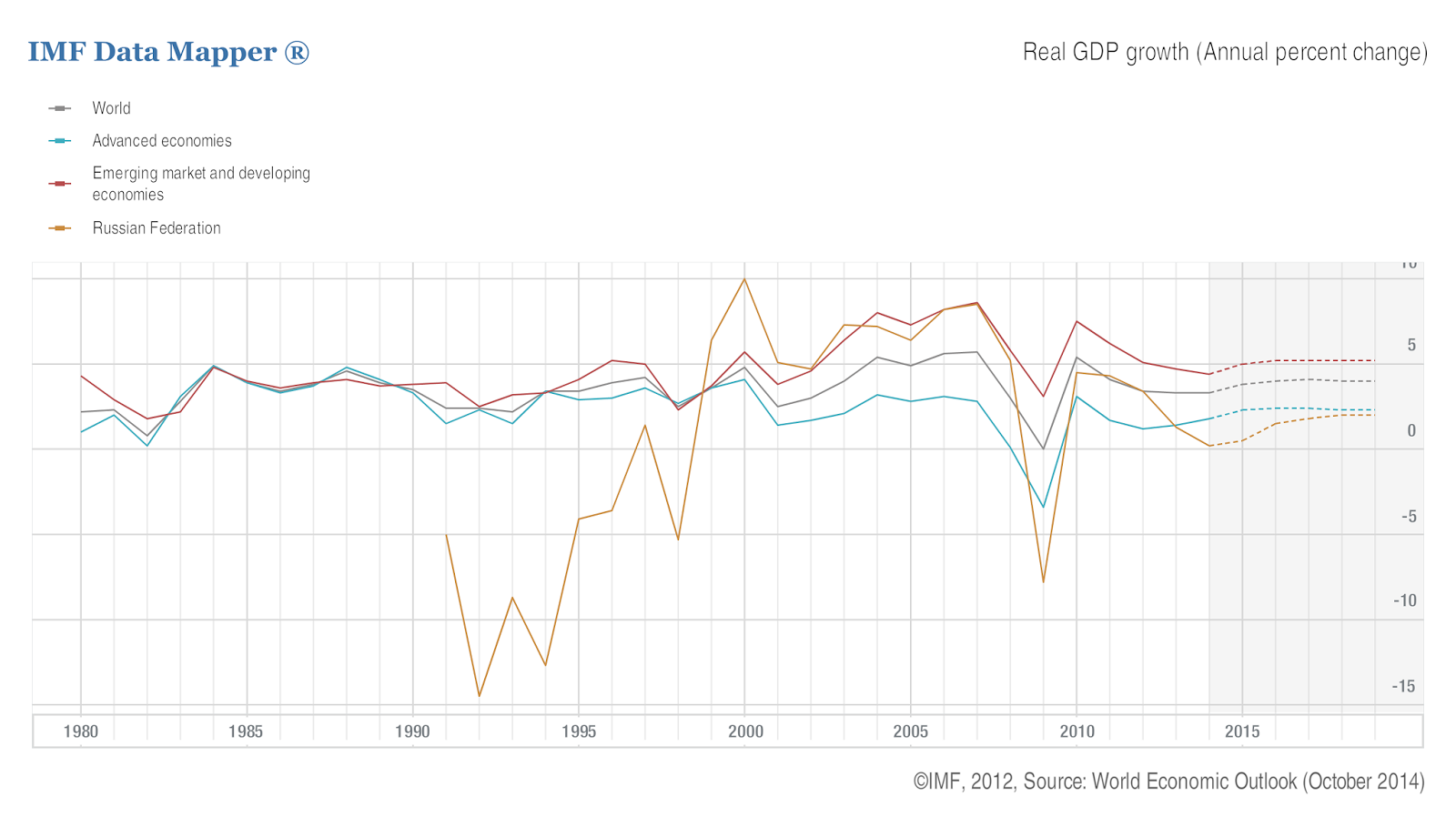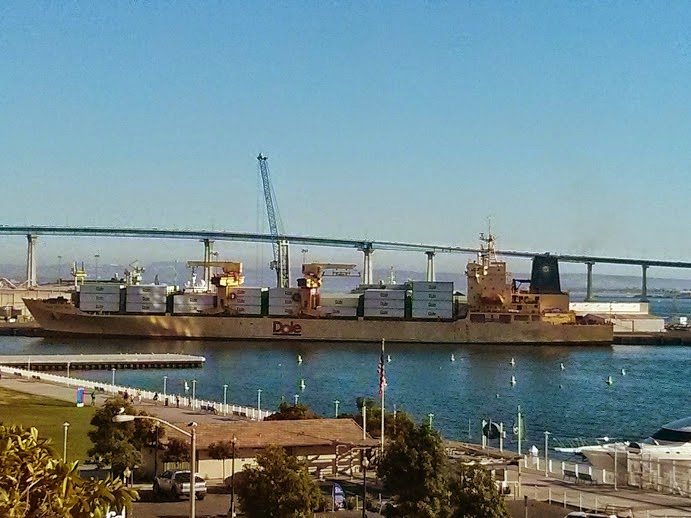Economic growth requires a number of elements to come together at once to create the right environment. Change in the Russian economy has been needed since the last drop in oil prices but little has been done to rectify the situation. Simply waiting for the oil prices to rise is not a wise strategy as new sources of energy hit the market. The Russian economy may be in this for the long haul as they are unable to make the reforms needed to change their economic structure.
Lack of Economic
Diversity: The Russian economy is excessively reliant on its natural resources in the form of gas and oil. Nearly 50%
of the Russian economy relies on these exports for revenue (1). Strong economies move away from heavy reliance
on natural resources and move to diversify their income sources into other
areas. With little manufacturing, other sources of industry revenue, and an
entrenched economic position it is unlikely Russia will be able to whether its
current problems quickly.
Political Environment: The Russian government has significant power and stake in the private sector. Despite moving more toward a free economy from its Soviet past nearly 50% of people still rely on the government for their livelihoods (2). Doing business in Russia can be difficult with politics, power, and money playing a significant factor in business-government decisions. Investment and innovation are slower in controlled economies.
Lack of Financial Resources: Russia’s 500 billion cash reserves dropped below $380 billion (3). With money running out it is doubtful the nation can spend its way out of its current financial crisis and will need to rely on investments to improve its position. The problem is that investments in the current political crisis are not likely and this will prolong the countries current position.
Out of Time: Time is not something the Russian’s have on their side. The oil price is already below $50 per barrel and is likely to stay that way for the near future. There isn’t time to diversify, change government, swoon investors, and redirect the gears of the Russian economy. It appears that the Russian people will need to hunker down in their homes until the current political and oil crisis pass over.
World Economy: The world economy is also experiencing slower development and growth. As nations cut back on their imports and attempt to balance their own budgets customers will be making less purchases putting another wet blanket on their economy. In the context of a slower global economy the Russian economic engine will be stalled due to the environment in which it exists.
Political Environment: The Russian government has significant power and stake in the private sector. Despite moving more toward a free economy from its Soviet past nearly 50% of people still rely on the government for their livelihoods (2). Doing business in Russia can be difficult with politics, power, and money playing a significant factor in business-government decisions. Investment and innovation are slower in controlled economies.
Lack of Financial Resources: Russia’s 500 billion cash reserves dropped below $380 billion (3). With money running out it is doubtful the nation can spend its way out of its current financial crisis and will need to rely on investments to improve its position. The problem is that investments in the current political crisis are not likely and this will prolong the countries current position.
Out of Time: Time is not something the Russian’s have on their side. The oil price is already below $50 per barrel and is likely to stay that way for the near future. There isn’t time to diversify, change government, swoon investors, and redirect the gears of the Russian economy. It appears that the Russian people will need to hunker down in their homes until the current political and oil crisis pass over.
World Economy: The world economy is also experiencing slower development and growth. As nations cut back on their imports and attempt to balance their own budgets customers will be making less purchases putting another wet blanket on their economy. In the context of a slower global economy the Russian economic engine will be stalled due to the environment in which it exists.


